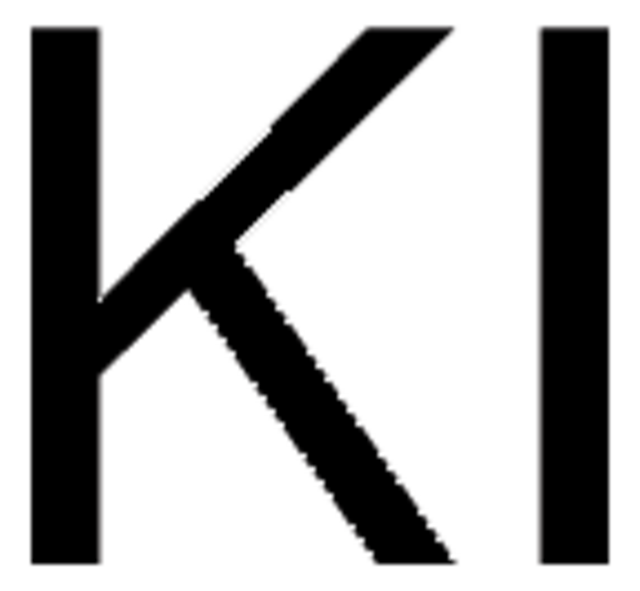추천 제품
일반 설명
Iodine is the most electropositive halogen and the least reactive, yet it can still form compounds with a variety of elements. These unique characteristics make iodine an essential component in numerous products and processes. In the field of material science, iodine is increasingly utilized in applications such as organic photovoltaics, where it enhances the efficiency of solar cells by serving as a charge transport material. Additionally, iodine′s role in the synthesis of advanced materials, such as iodine-doped polymers, opens avenues for innovations in electronics and nanotechnology.
애플리케이션
- Iodine-Promoted Reductive Sulfenylation Using Ketones as Hydride Donors.: Discusses a novel chemical synthesis technique using iodine to promote reductive sulfenylation, highlighting iodine′s role in innovative organic transformations (Duan et al., 2024).
- Unraveling Intracellular Protein Corona Components of Nanoplastics via Photocatalytic Protein Proximity Labeling.: This study employs a photocatalytic protein proximity labeling method to examine the interaction between iodine and protein components on nanoplastics, enhancing our understanding of iodine′s environmental interactions (Zhang et al., 2024).
신호어
Danger
유해 및 위험 성명서
Hazard Classifications
Acute Tox. 4 Dermal - Acute Tox. 4 Inhalation - Acute Tox. 4 Oral - Aquatic Acute 1 - Eye Irrit. 2 - Skin Irrit. 2 - STOT RE 1 Oral - STOT SE 3
표적 기관
Respiratory system, Thyroid
Storage Class Code
6.1D - Non-combustible acute toxic Cat.3 / toxic hazardous materials or hazardous materials causing chronic effects
WGK
WGK 2
Flash Point (°F)
Not applicable
Flash Point (°C)
Not applicable
개인 보호 장비
dust mask type N95 (US), Eyeshields, Faceshields, Gloves
이미 열람한 고객
자사의 과학자팀은 생명 과학, 재료 과학, 화학 합성, 크로마토그래피, 분석 및 기타 많은 영역을 포함한 모든 과학 분야에 경험이 있습니다..
고객지원팀으로 연락바랍니다.









